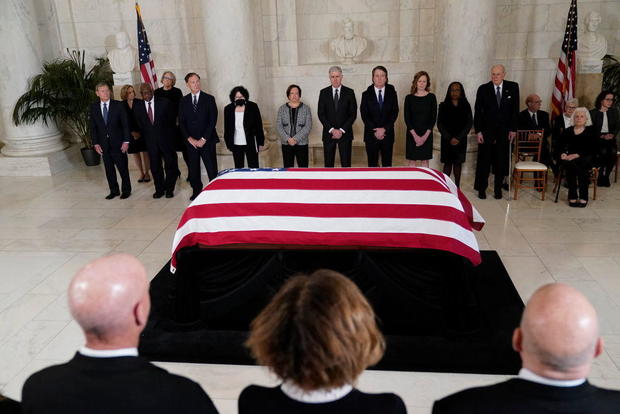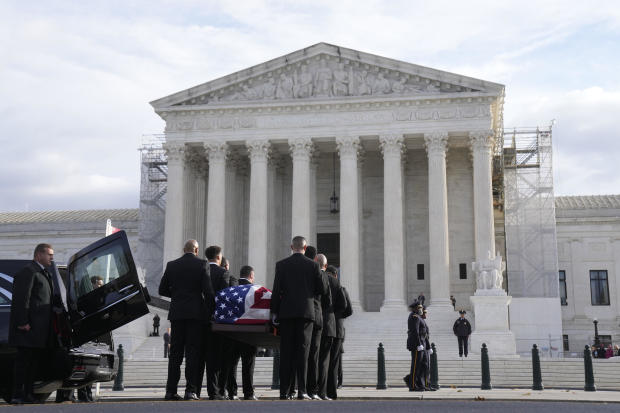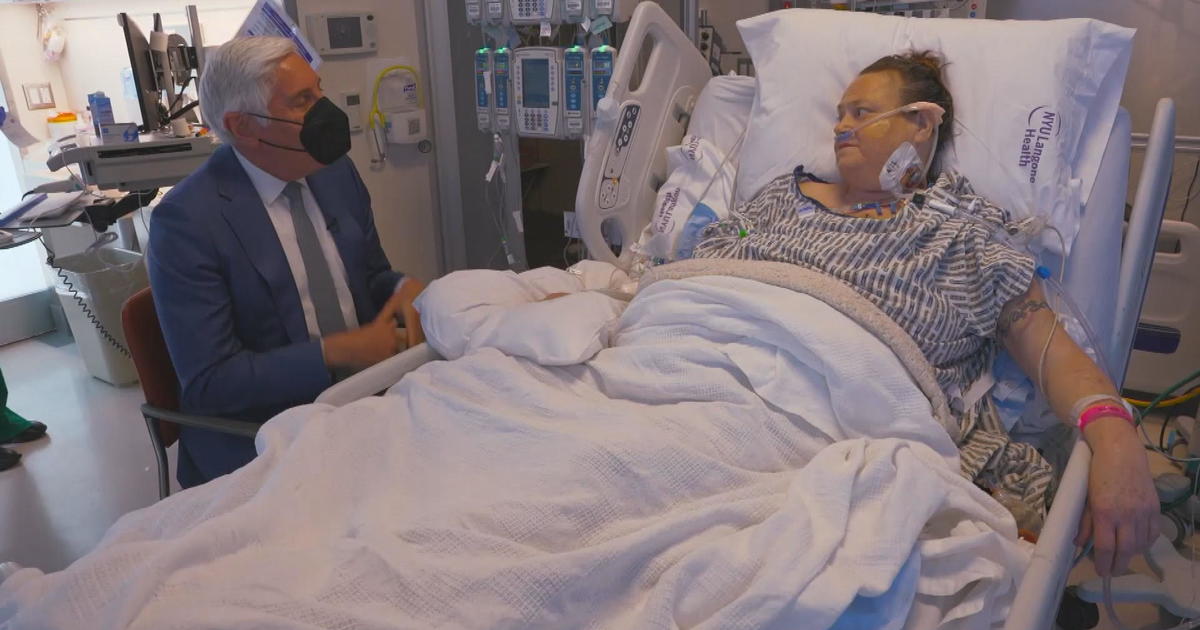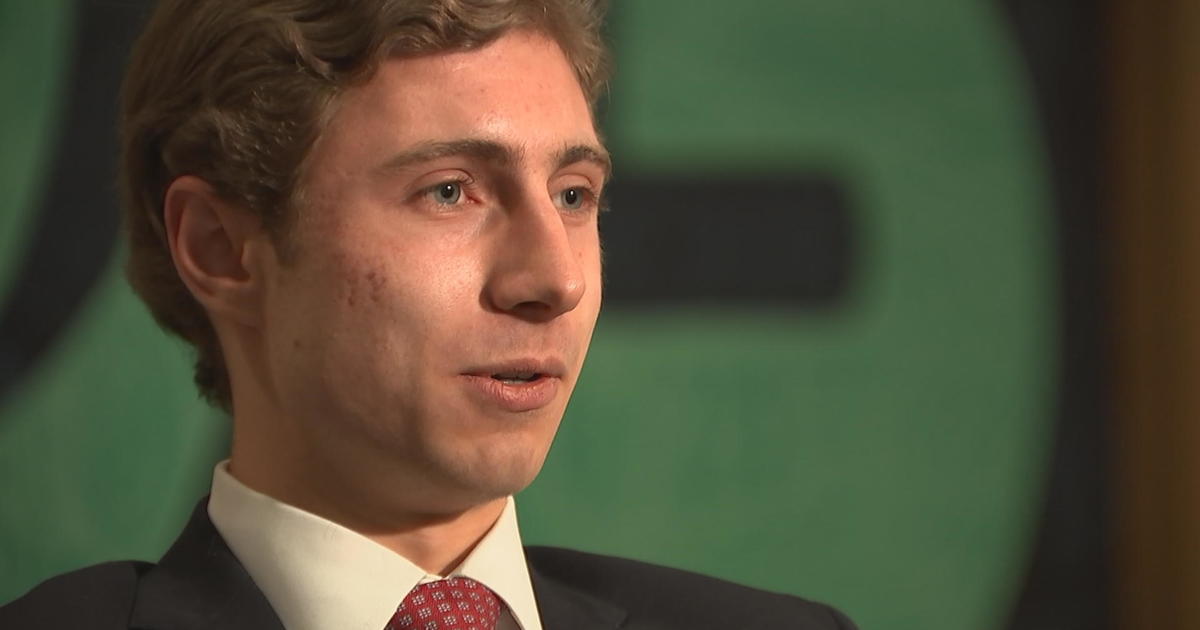Justice Sandra Day O'Connor, first woman to sit on the Supreme Court, lies in repose
The late Justice Sandra Day O'Connor, the first woman to serve on the Supreme Court and an unwavering voice of moderate conservatism for more than two decades, lay in repose in the court's Great Hall on Monday.
O'Connor, an Arizona native, died Dec. 1 at age 93.
Her casket was carried up the steps in front of the court, which was lined by her former clerks, and passed under the iconic words engraved on the pediment, "Equal Justice Under Law," before being placed in the court's Great Hall. A private ceremony was held before the hall opened to the public, allowing people to pay their respects afterward, from 10:30 a.m. to 8 p.m. All nine members of the current court and retired Justice Anthony Kennedy attended the private remembrance.
"The heavens shed a tear this morning," Justice Sonia Sotomayor said in remarks at the ceremony, calling O'Connor "my life role model."
Sotomayor, who serves on the governing board of iCivics, which O'Connor founded to promote civics education, praised the late justice for the mark she left on the court and the nation, calling her a "living example that women could take on any challenge, hold her own in spaces dominated by men and could do so with grace."
"She was devoted to making a better world, and that's what she did," she said.
Among those who paid their respects to O'Connor at the Supreme Court were Vice President Kamala Harris and second gentleman Doug Emhoff, as well as several members of the Senate.
The last justice who lay in repose at the court was Ruth Bader Ginsburg, the second female justice. After her death in 2020, during the coronavirus pandemic, mourners passed by her casket outside the building, on the portico at the top of the steps.
Funeral services for O'Connor are set for Tuesday at Washington National Cathedral, where President Biden and Chief Justice John Roberts are scheduled to speak.
O'Connor was nominated in 1981 by President Ronald Reagan and subsequently confirmed by the Senate in a unanimous vote, ending 191 years of male exclusivity on the high court. A rancher's daughter who was largely unknown on the national scene until her appointment, she received more letters than any one member in the court's history in her first year and would come to be referred to as the nation's most powerful woman.
She wielded considerable sway on the nine-member court, generally favoring states in disputes with the federal government and often siding with police when they faced claims of violating people's rights. Her influence could perhaps best be seen, though, on the court's rulings on abortion. She twice joined the majority in decisions that upheld and reaffirmed Roe v. Wade, the decision that said women have a constitutional right to abortion.
Thirty years after that decision, a more conservative court overturned Roe, and the opinion was written by the man who took her place, Justice Samuel Alito.
O'Connor also authored the majority opinion in the 2003 case Grutter v. Bollinger, in which the 5-4 court held that the Constitution allows the narrowly tailored use of race in admissions decisions. Twenty years later, in June, the current court's expanded conservative majority ended affirmative action in higher education.
O'Connor grew up riding horses, rounding up cattle and driving trucks and tractors on the family's sprawling Arizona ranch and developed a tenacious, independent spirit.
She was a top-ranked graduate of Stanford's law school in 1952, but quickly discovered that most large law firms at the time did not hire women. One Los Angeles firm offered her a job as a secretary.
She built a career that included service as a member of the Arizona Legislature and state judge before her appointment to the Supreme Court at age 51. When she first arrived, she didn't even have a place anywhere near the courtroom to go to the bathroom. That was soon rectified, but she remained the court's only woman until 1993.
She retired at age 75, citing her husband's struggle with Alzheimer's disease as her primary reason for leaving the court. John O'Connor died three years later, in 2009.
After her retirement, O'Connor remained active, sitting as a judge on several federal appeals courts, advocating for judicial independence and serving on the Iraq Study Group. President Barack Obama awarded her the Presidential Medal of Freedom, the nation's highest civilian honor.
She expressed regret that a woman had not been chosen to replace her, but lived to see a record four women now serving at the same time on the Supreme Court.
She died in Phoenix, of complications related to advanced dementia and a respiratory illness. Her survivors include her three sons, Scott, Brian and Jay, six grandchildren and a brother.
The family has asked that donations be made to iCivics.






